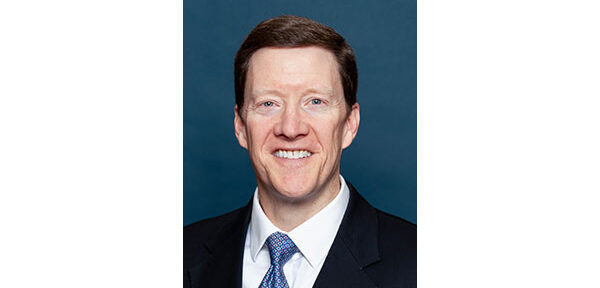
The humorist Will Rogers once said “It isn’t what we don’t know that gives us trouble, it’s what we know that ain’t so.” I’ve shared several recent articles (Why the Chair Never Asks for Old Business and Banish the Phrase “I So Move” from Meetings) on what meeting attendees are certain SHOULD be done, but “it just ain’t so.”
One phrase you often hear in meetings is the chair making reference to the “next order of business,” as in “The next order of business is . . . .” As suggested by the name, the “order of business” is the order in which business is taken up during a meeting. While the order of business for particular meetings can vary significantly, the “standard” order of business generally looks like this (although often split up differently or different terms used):
- Reading and Approval of Minutes
- Reports of Officers, Boards, and Standing Committees
- Reports of Special (Select or Ad Hoc) Committees
- Special Orders
- Unfinished Business and General Orders
- New Business
Some organizations may also have Opening Ceremonies or Exercises, a Roll Call of officers or members, a Consent Calendar, “Good of the Order” (an older union practice where comments on the work of the organization can be shared), Announcements, or a Program. RONR (12th Ed.) 41:5-36.
However, the entire listing of business items is the “order of business.” It doesn’t make sense to say “The next order of business,” as there’s only ONE order of business. As I state in Notes and Comments on Robert’s Rules (Fifth Edition, the older Demeter’s Manual of Parliamentary Law and Procedure compares the phrase “the first order of business” to “the first week of the day.” Thankfully, no parliamentary police will show up if you say “the next order of business.” But if you want a more correct phrasing that will show a better grasp of meeting procedure, use “the next business in order” or “the next item of business.”
Jim Slaughter is an attorney, Certified Professional Parliamentarian, Professional Registered Parliamentarian, and past President of the American College of Parliamentary Lawyers. He is author of four books on meeting procedure, including two updated for the latest Robert’s Rules: Robert’s Rules of Order Fast Track and Notes and Comments on Robert’s Rules, Fifth Edition. Both books have been selected as “Editor’s Picks” by Publisher’s Weekly. Many free charts and articles on Robert’s and meeting procedure can be found at www.jimslaughter.com.


